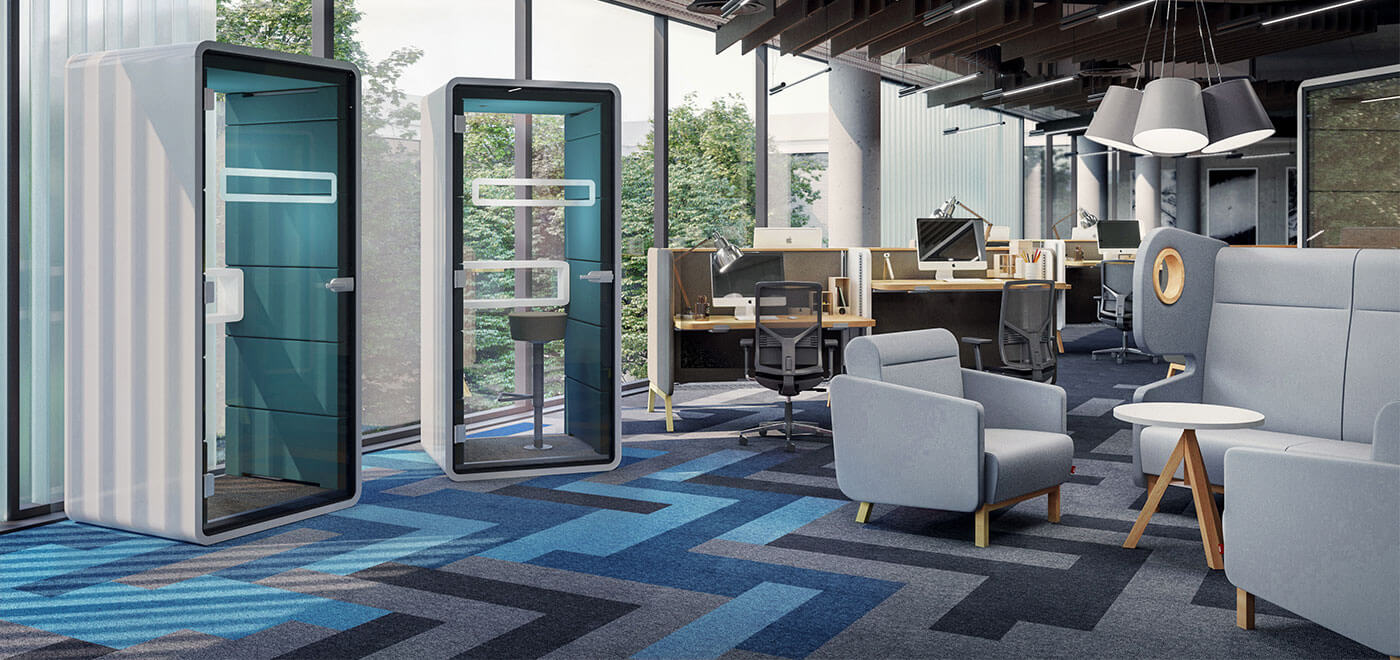
Over the past several months we have been working with Jennifer Kahnweiler, PhD, to discuss how we might work on introversion inclusion. We had a keynote on November 3, 2022, that we followed up with a small group discussion meeting on November 16. Below are some of the resources and responses that came out of this work. As many participants have suggested, we have only begun “scratching the surface” of what introvert inclusion might look like in today’s library.
Resources
- Introvert-Friendly Workplaces Quiz – Jennifer Kahnweiler Website
- Creating Introvert-Friendly Workplaces by Jennifer B. Kahnweiler- Hoopla
- The Genius of Opposites by Jennifer B. Kahnweiler – Hoopla
- The Introverted Leader by Jennifer B. Kahnweiler – Hoopla
- Quiet Influence by Jennifer B. Kahnweiler – Hoopla
- Creating Introvert-Friendly Workplaces with Jennifer Kahnweiler – YouTube
- The Introvert-Friendly Workplace – Psychology Today
- The Right Way to Lead the Introverts on Your Team – Inc.com
- How to survive (and enjoy) a party as an introvert – Vox
- 7 Ways to Build A More Introvert-Friendly Workplace – Beyond Introversion
- Managing introverts in your team: quiet voices in a loud world – Financial Times
Responses
- Both introverts and extroverts appreciate agendas for meetings.
- Provide an agenda for meetings at least a day in advance.
- Consider allowing anonymous additions to the agenda, especially for sensitive topics.
- Be specific in agenda descriptions, if there will be questions posed then provide them in advance.
- During meetings encourage all to participate.
- Consider saying, “we want to hear from everyone today”, and then take active steps to facilitate inclusive conversations.
- If posing a new question for feedback, allow time for reflection before opening floor for comments.
- Online meetings sometimes benefit from allowing comments in chat, is there an equivalent you can use for in-person meetings, i.e., using Jamboard, written notes, or a whiteboard?
- Some people won’t be comfortable sharing when they don’t already have a relationship formed with the other participants. Consider helping participants get to know one another, i.e., using ice-breakers, sharing a personal user manual, or sharing personality test results (StrengthsFinder/Myers-Briggs/CliftonStrengths).
- Audit your interviewing/hiring practices.
- Does your interview process favor the strengths of extroverts over introverts?
- How large of a panel does your interviewing committee need to be?
- Can you provide assignments for candidates that allow time for greater reflection and planning, or provide (some) interview questions in advance?
- Can you get away from the goal of hiring for culture fit to instead culture add? “The hiring question then shifts from “What is this person lacking?” to “What can this person bring to the table?”
- When working with others, acknowledge and adapt to working with patrons or colleagues that may have different communication styles.
- Appreciate that some people solve problems by working through their thoughts aloud, others need time to reflect and plan.
- Some people cannot help but show through body language or expressions how they are feeling or what they are thinking while others do not, try not to overly rely on visual cues.
- We often ask introverts to work on being more outgoing and making their opinions heard, can we ask that extroverts work on their delivery style and active listening skills?
- Can we all stretch ourselves and lean into each other–allowing the strengths of introverts and extroverts to build off each other?
- Provide spaces and practices that cater to the diverse needs of staff and patrons.
- When training staff members, consider providing specific guidelines or scripts for interactions.
- Can you create quiet times or zones for patrons or staff since some people are more negatively affected by stimuli than others?
- Can personal workspaces for patrons and staff be configured for a variety of preferences, i.e., allowing for computer screen privacy, calm places for quiet study, and also room for active collaboration?
- If the workspaces are by design very open, can you carve out shared quiet spaces (unused meeting rooms, teen-spaces during the school-day, hush booths, or outdoor space)? Can staff be provided with noise cancelling headphones?
We ended this program on introversion by asking what steps participants wanted to take next, and we look forward to hearing about the successes (and also failures) you have in the coming months and years. If you have questions, comments, or suggestions please contact us (dan@nekls.org). Thanks to everyone who made this program possible!
